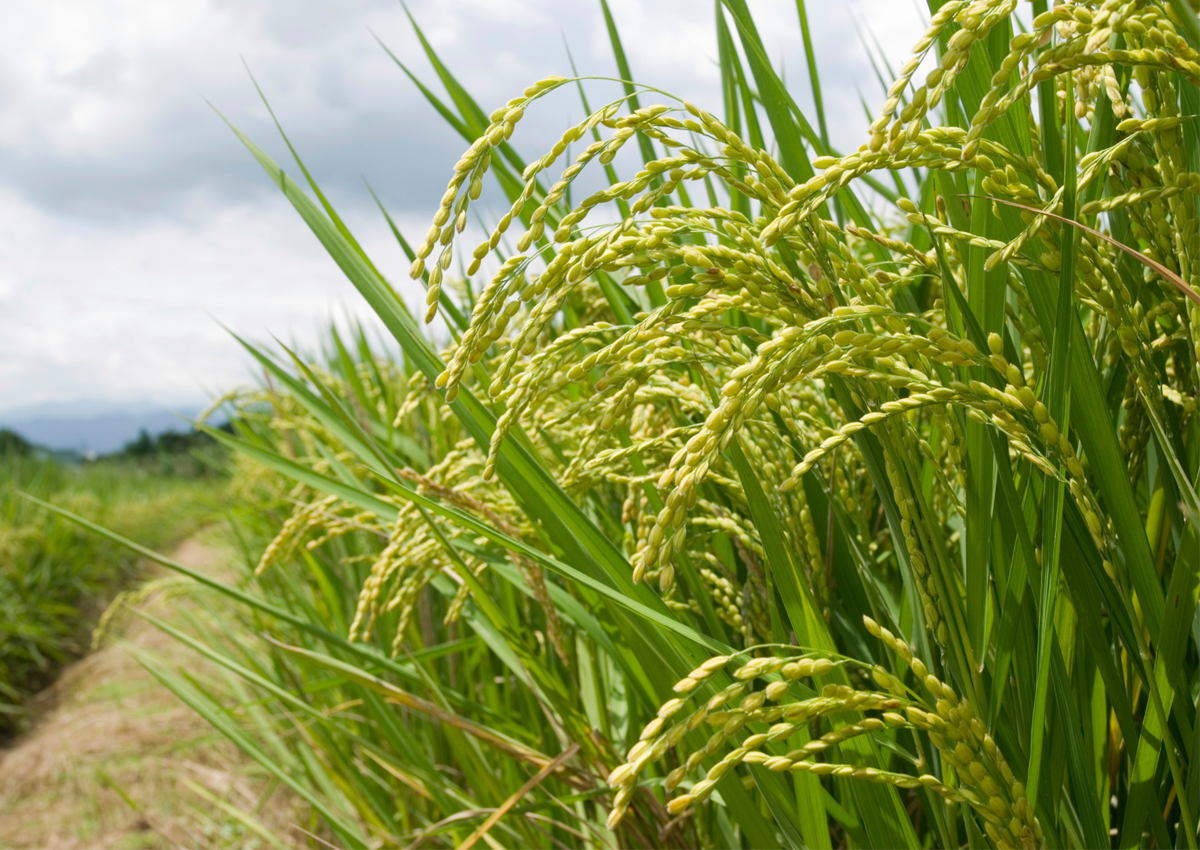
Research Reveals the Light Mechanism that Regulates Rice Flowering Time
July 13, 2022| |
Researchers from the Instituto de Tecnologia Química e Biológica António Xavier da Universidade NOVA de Lisboa (ITQB NOVA), Leibniz Institute of Vegetable and Ornamental Crops (IGZ) and the Institute of Biochemistry and Biology and Potsdam University have clarified the role of the photoperiod and circadian clock components in regulating rice flowering time.
The circadian clock is present in most living beings. In plants, the circadian clock and light signals result in photoperiodism, the physiological response to light periods that influence flowering time. Photoperiodism varies between species so Arabidopsis thaliana needs short nights to flower, while rice requires long nights. This study revealed that, in rice, it is the light receptor phytochrome B that makes the connection between light and the Evening Complex, thus regulating the flowering time. The Evening Complex is a component of the circadian clock and consists of a group of proteins that are active during the night and that regulate proteins linked to flowering.
The research team found that when activated by light, phytochrome B inactivates EARLY FLOWERING 3-1 (ELF3-1), one of the Evening Complex proteins. This leads to repression of flowering, and later to late flowering. The researchers also showed that in phytochrome B mutants, the ELF3-1 protein is always active during day and night, and these plants flowered much earlier. The study also clarifies the crucial role that the Evening Complex plays in flowering.
Through the CRISPR-Cas9 technique, the researchers studied rice variants with inactive Evening Complex proteins, including ELF3-1, ELF3-2, and LUX ARRHYTHMO (LUX). They found that plants without the Evening Complex components never flowered, regardless of the duration of light periods, leading the research team to conclude that the activity of this complex is essential to induce flowering in rice.
For more details, read the news article on the ITQB NOVA website.
| |
You might also like:
- Study Pinpoints Gene Vital for Rice Grain Development
- Scientists Develop GE Rice that Flower on Demand
- Researchers Identify Genes that Tell Plants when to Flower
Biotech Updates is a weekly newsletter of ISAAA, a not-for-profit organization. It is distributed for free to over 22,000 subscribers worldwide to inform them about the key developments in biosciences, especially in biotechnology. Your support will help us in our mission to feed the world with knowledge. You can help by donating as little as $10.
-
See more articles:
-
News from Around the World
- WEF Puts a Spotlight on Genetic Engineering to Combat Climate Change
- Senegal President Signs New and Improved Biosafety Law
- Research Team Discovers Genetic Mutations that Made Rice Cultivation Possible
- Economists Analyze China's GE Crop Commercialization Dilemma
- Workshop to Explore Policy Considerations for Gene Editing in Asia and Australia
- Italian Lawmakers Support GM Crops to Fight Climate Change
- Scientists Discover the Gene for Cassava Mosaic Disease Resistance
- Research Reveals Lack of Consumer Awareness about the Contributions of Science in Food and Agri
- Study by International Experts Shows Global Wheat Production Can Be Doubled
-
Research Highlights
- Research Reveals the Light Mechanism that Regulates Rice Flowering Time
- Experts Analyze Trends in Rice Research
- Bioengeered Bacteria Produces Renewable Fuel to Rival Rocket Fuel
-
Read the latest: - Biotech Updates (December 10, 2025)
- Gene Editing Supplement (November 26, 2025)
- Gene Drive Supplement (February 22, 2023)
-
Subscribe to BU: - Share
- Tweet

